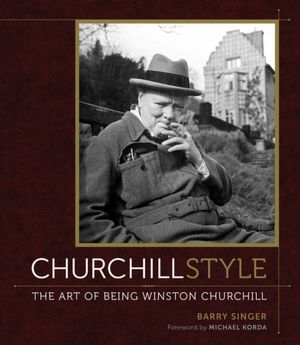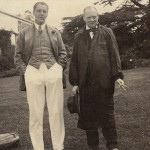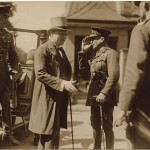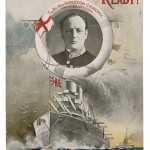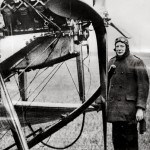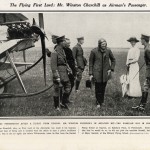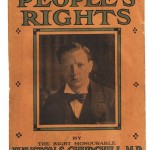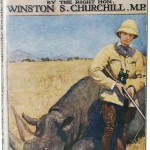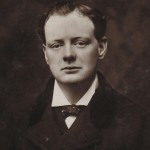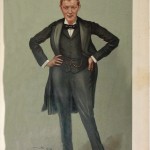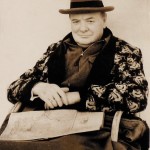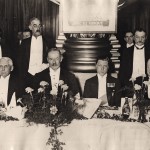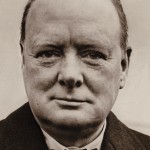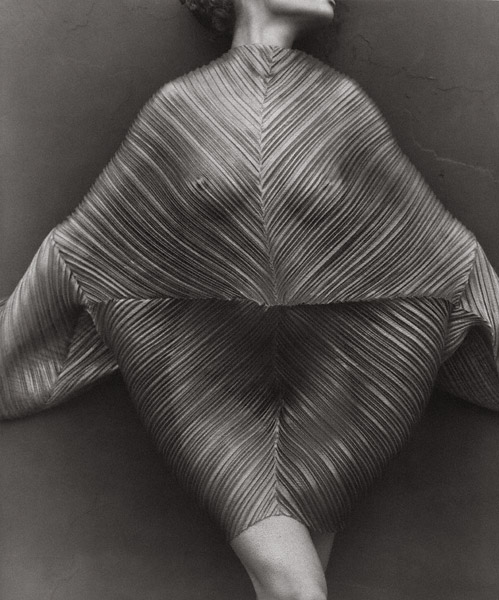
While the Met’s big gala for Schiaparelli and Prada: Impossible Conversations has come and gone, the curatorial work and content of the show is the real treat for fashion historians, clothing and costume academics, and enthusiasts alike.
For the past two weeks I’ve been thumbing through the beautifully produced book that accompanies the exhibition. Curators Andrew Bolton and Harold Koda have paired with New Yorker writer Judith Thurman to provide some incredibly well-honed thinking on the two designers, explaining the process for the show; the structural construct behind it; and providing new analysis of the two vastly different and yet remarkably similar designers.
Schiaparelli and Prada was developed, in part, to take advantage of the recent addition of a significant number of Schiaparelli pieces acquired from the Brooklyn Museum’s collection. Curators and staff had long wanted to put together a ‘conversation’ exhibition between two designers, and modeled the show on Miguel Covarrubias’s “Impossible Interviews” fictional series done for Vanity Fair in the 1930s. The ‘book within a book’ design concept provides space for the two designers statements on similar subject matter to create what the curators deem (appropriately enough) “a faintly surreal conversational tone.”

Schiaparelli and Prada is divided into seven sections examining varying types of ‘chic,’ (hard, ugly, naif) and ‘the body’ (classic, exotic, surreal) explored by the two designers, as well as a section called ‘waist up/waist down.’ The premise reminds me of a comparative literature class I once took in undergrad that focused on William Faulkner and Toni Morrison where the final project was to enact a fictional debate between the two authors. The result was a deeper and more nuanced understanding – and the same results are achieved with Schiaparelli and Prada.
Through this we learn how dis-similar the two views are on fashion as art (Schiaparelli: Pro; Parda: Con); yet how similar their interests were/are in narrative prints, the artistic avant garde, tromp l’oil, as well as both good and bad taste (perhaps the ‘bad taste’ element inspired the Mark Jacobs fiasco). I’ve yet to finish it, but I’m intrigued but what I’ve encountered so far.
For more of the visual comparisons made by the book, I’ve included some sample page-spreads below:











